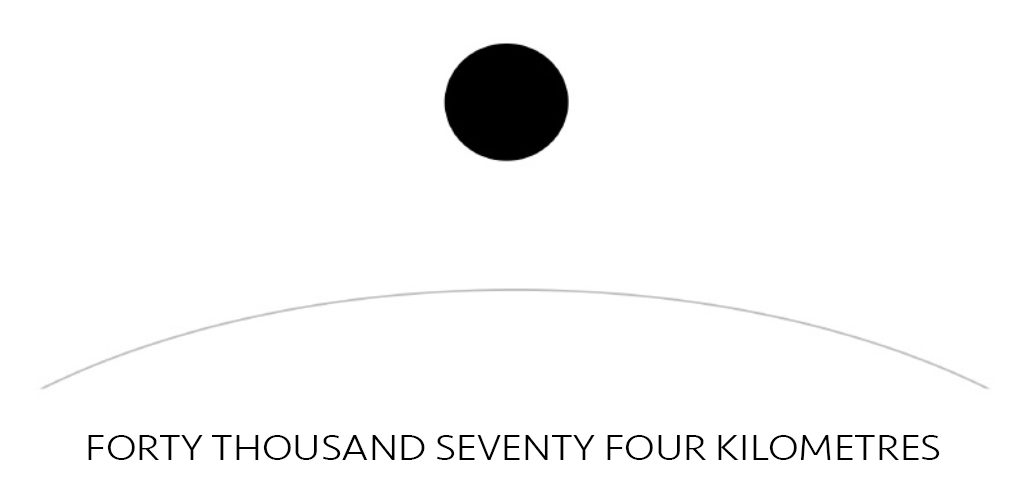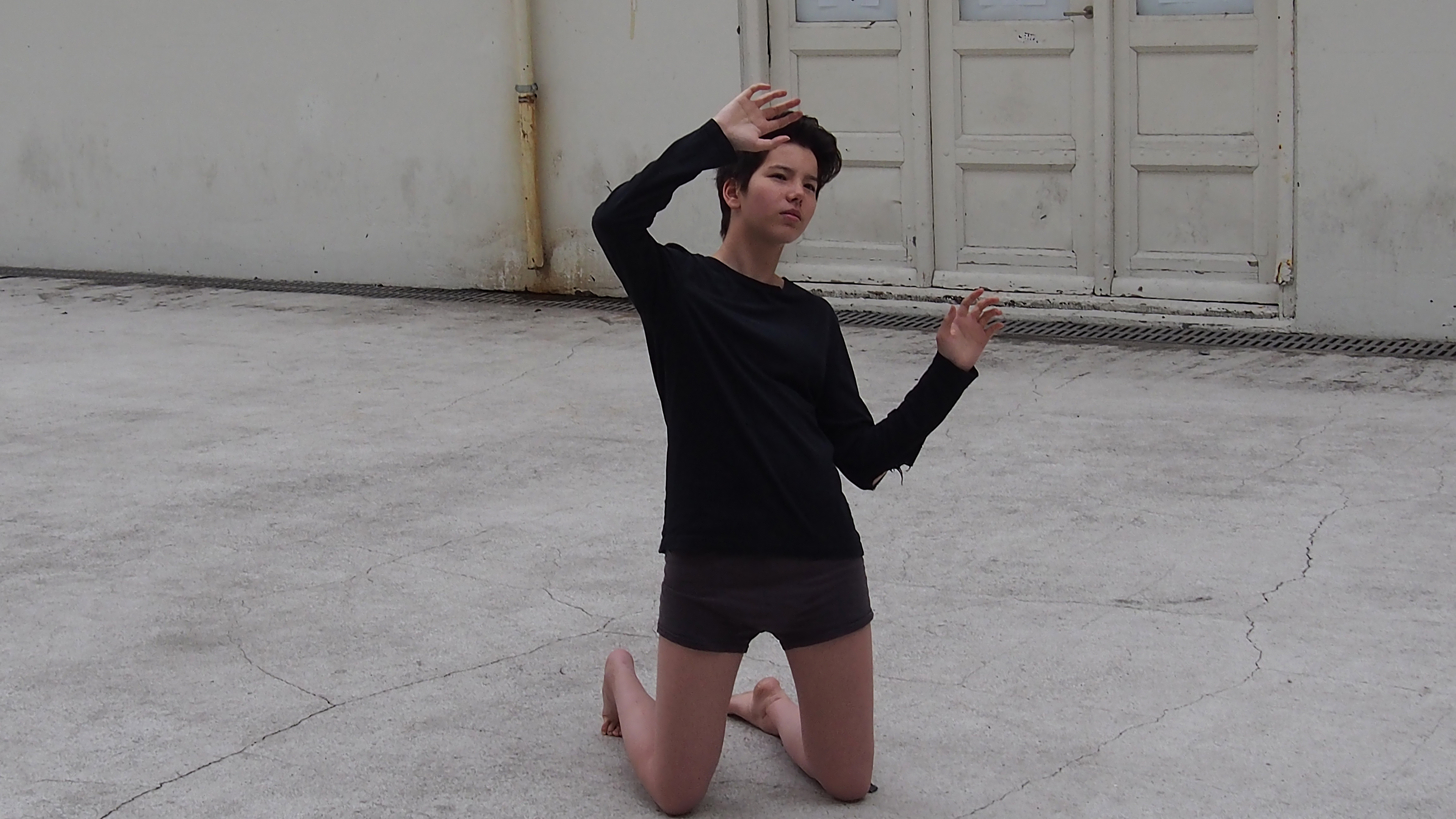WORKING PROCESS / GALLERY
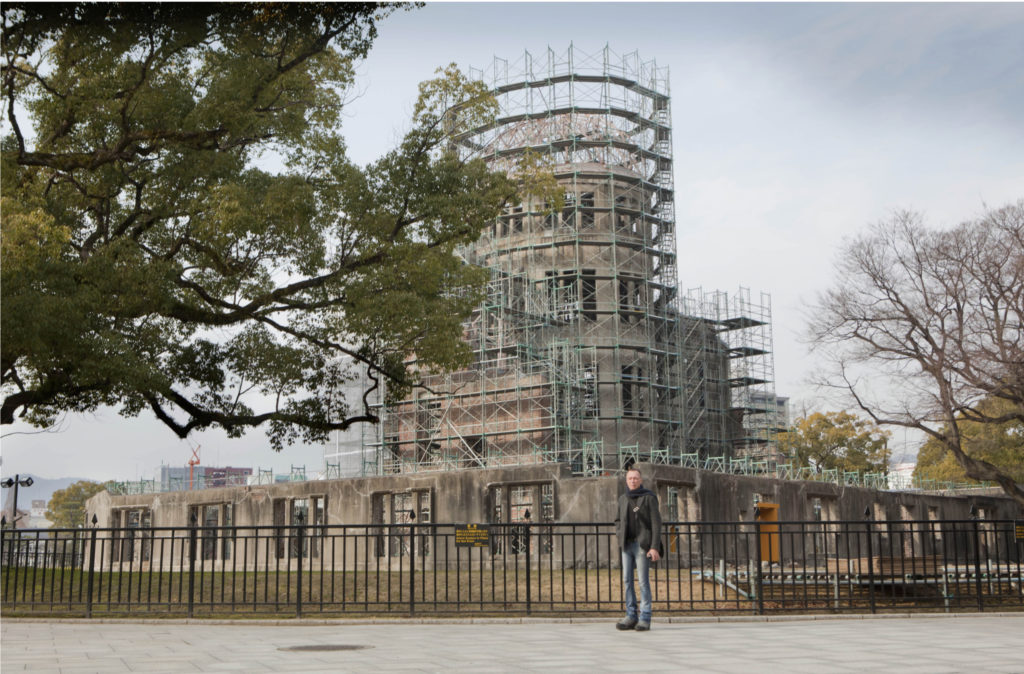
The project has now confirmations to collect historical materials from 6 of 13 sites. We already collected 4 of the materials. We are starting to plan the operation of the exhibitions and establishing a fully equipped studio in Vilnius, Lithuania with crew for the main operation, where the artists will come together and build functional objects, create art work and sculptures from the historical ruins. When each phase of the project is completed it will be exhibited in galleries or museums worldwide. The exhibitions will comprise a few, numbered items of functional objects and art works related to the heritage sites. Each exhibition will exhibit approximately 50 – 60 art pieces created by selection of international artists and a short informational text will accompany every item on the history of the material. The intention is that the pieces will be signed by the artists and sold or rented out online as well at live auction in the end of selected exhibitions. A part of the income for each sold or rented piece will be allocated to a charity fund for humanitarian and community projects. Some of the art pieces will permanently be exhibited for public in museums or cultural institutions. We will as well offer prints of the art pieces and publish a book of photographs of the collection with written preface for the same purpose, poems will be written about the concept and full-length documentary film made during the process “The Story Behind History” about The Equator Memorial Project.
The whole project is considered very special and new ideas are created relating the environment, such as recycling ruins from historical sites which are transformed as a new story in the form of design and arts. Comprehensively the project will affect all participants as well as the public, various companies and governments for the importance of environment, justice, freedom and peace. We choose historical ruins because it has very powerful story to tell and has affected life in all emotions in good or bad way, preferentially defected justice and freedom in the past where innocent people had difficult experiences, sicknesses or even causing their dead. We wish to turn these ruins into something remarkable through arts and media as well as create good images in the minds of the public for better principals. The exhibitions will contain, sculptures, functional objects, design, architectures, photographs, history and visual arts. Here is a project that connects four continents together with a historical and cultural value. The Equator Memorial Project is supported internationally by UNESCO which hold the list and monitor World Heritage sites for preservation.
From the preparation and creation of the exhibition in Reykjavík
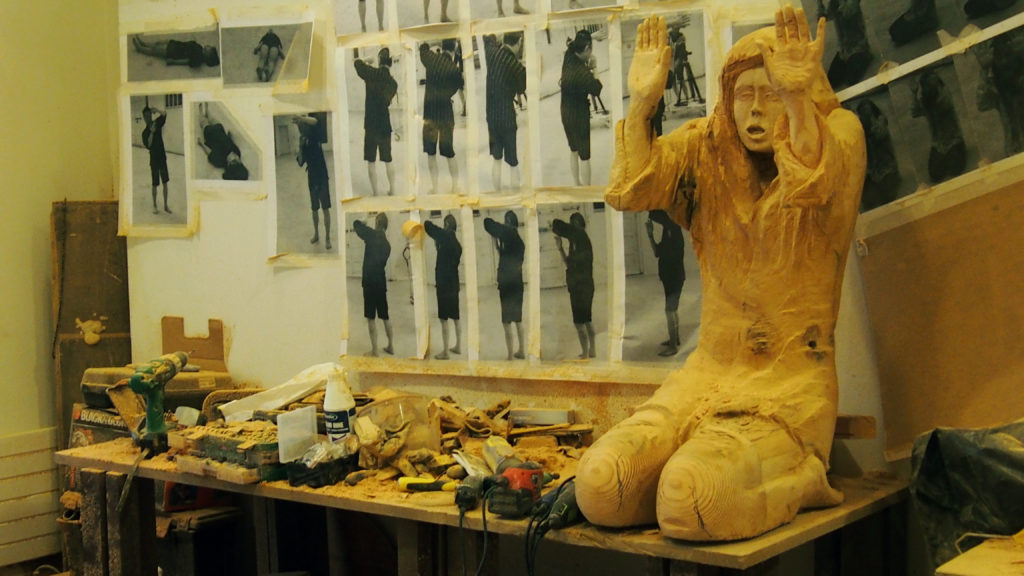


The idea is to create 11 solid wood sculptures in full-size of over 100-year old wood from the Reykjavík Harbour of selected members from the Iceland national football team posing the Epic Vikings Slow Hand Clap assemble into one whole. The artwork is an environmental friendly creation. The sculptures will imitate all our heroes and have them as accurate as possible in the posture when the team takes the Epic Vikings Slow Hand Clap. Here is history, culture and sports combined together in one form. The chairman and board of the the Football Association of Iceland has considered their interest in the project and believes that the artwork “The Epic Vikings Slow Hand Clap” will draw a lot of attention to its creation and capture well-known moments in the nation sports history. It is planned to set up all the sculptures in one art piece outside the main stadium in Reykjavik with an inscribed gift shield about the sponsors its supporters. The artwork can attract a large number of tourists and residents. The Football Association of Iceland may well be able to finance such work with other interested parties and supporters.
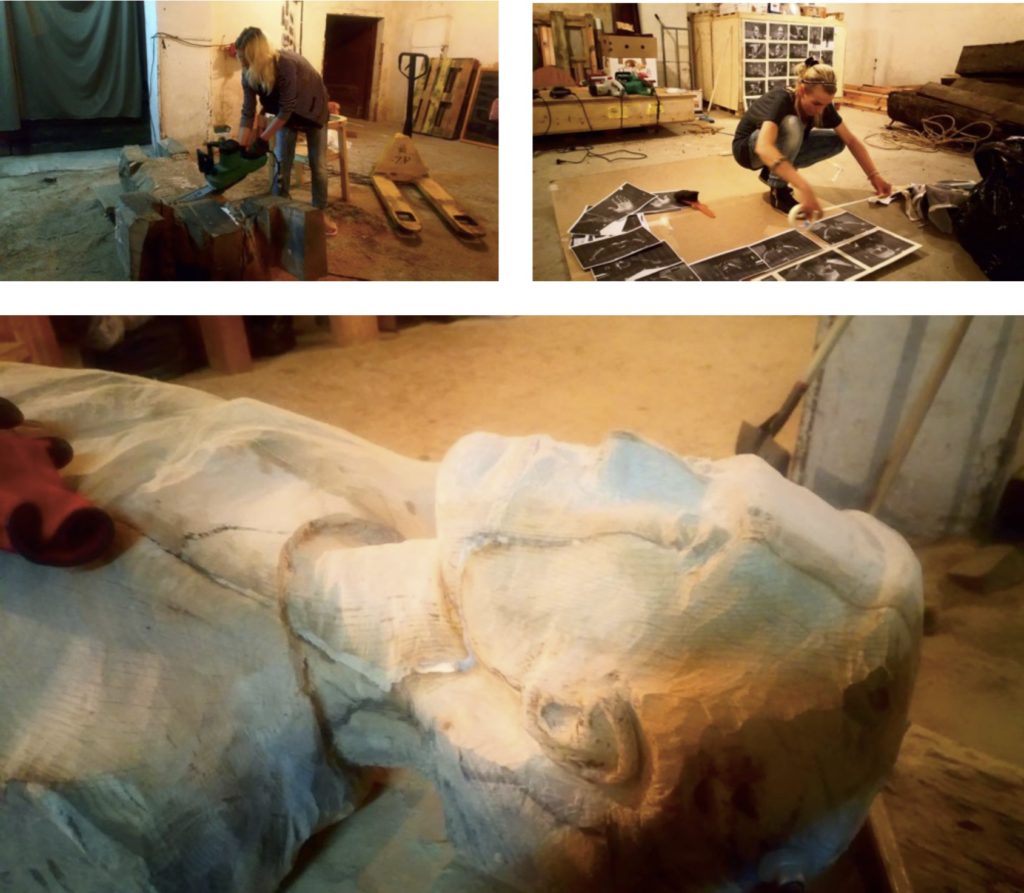
Above left photo / Ksenija Zapadenceva Sigmarsson sawing wood from Reykjavik Harbour for sculpture. Above right photo / Ksenija Zapadenceva Sigmarsson taping photos of Aron Einar Gunnarsson Icelandic football team member to a board for preperation of sculpture. Down below photo / Sculpture in working process of Ari Skúlason, Icelandic football team member. Down below photos / Sculpture in working process. Worked in UAB / Studija Vilnius.
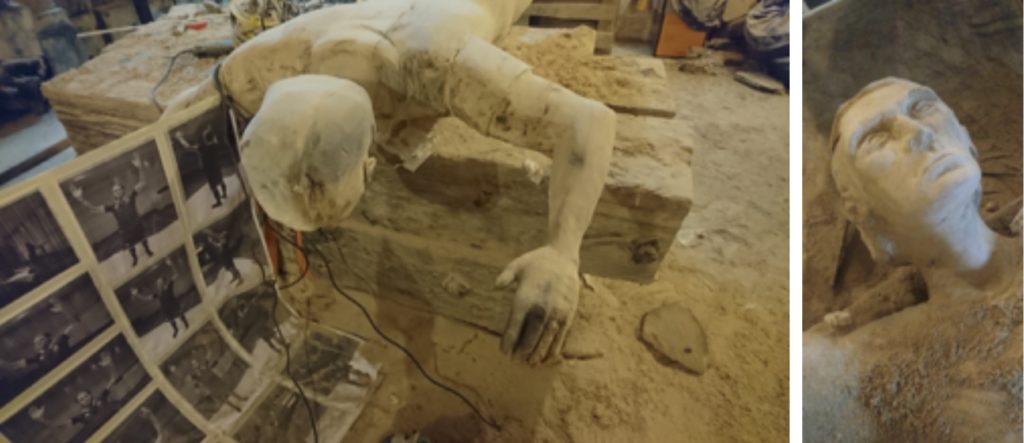
“Reworking the past for a just and sustainable future for all”
